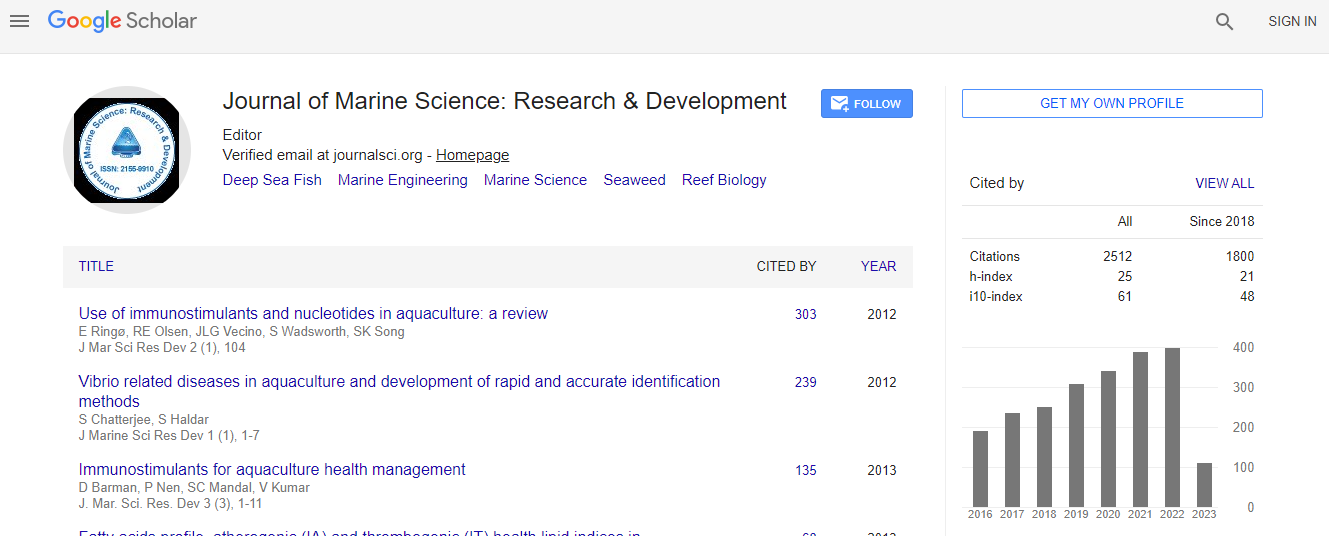Our Group organises 3000+ Global Conferenceseries Events every year across USA, Europe & Asia with support from 1000 more scientific Societies and Publishes 700+ Open Access Journals which contains over 50000 eminent personalities, reputed scientists as editorial board members.
Open Access Journals gaining more Readers and Citations
700 Journals and 15,000,000 Readers Each Journal is getting 25,000+ Readers
Google Scholar citation report
Citations : 3189
Indexed In
- CAS Source Index (CASSI)
- Index Copernicus
- Google Scholar
- Sherpa Romeo
- Open J Gate
- Genamics JournalSeek
- Academic Keys
- ResearchBible
- Ulrich's Periodicals Directory
- Electronic Journals Library
- RefSeek
- Directory of Research Journal Indexing (DRJI)
- Hamdard University
- EBSCO A-Z
- OCLC- WorldCat
- Scholarsteer
- SWB online catalog
- Virtual Library of Biology (vifabio)
- Publons
Useful Links
Recommended Journals
Related Subjects
Share This Page
Simulation of mesoscale and sub-mesoscale circulation in the northwestern coastal region of the Japan Sea
4th International Conference on Oceanography & Marine Biology
Vladimir Ponomarev, Pavel Fayman, Vyacheslav Dubina, Makxim Bydyansky and Mikhail Uleysky
Russian Academy of Sciences, Vladivostok, Russia
ScientificTracks Abstracts: J Marine Sci Res Dev
Abstract
Based on the analysis of high resolution satellite data and numerical simulation with eddy resolved circulation layered model, intraseasonal and interseasonal evolution of interacted mesoscale and sub-mesoscale circulation, anticyclonic and cyclonic eddies formation, moving and degradation on the shelf, over continental slope and adjacent deep basin of the Northwestern Japan Sea are shown. On the external shelf of Peter the Great Bay activity of sub-mesoscale cyclones rise during fall when thickness of the upper mixed layer is increasing and vertical density gradient in seasonal pycnocline is weakening. Horizontal scale of the sub-mesoscale cyclones is in range of 1 to 12 km, while scale of mesoscale eddies is in range of 15 to 60 km. Time scale of sub-mesoscale cyclones, as a rule, doesn√ʬ?¬?t exceed 2-3 days, while time scale of mesoscale eddies varies from several days over an edge of the narrow shelf and steep continental slope of the Japan Basin to about several months on the wide external shelf of Peter the Great Bay and longer time in central area of the deep basin. Some mesoscale anticyclones and cyclones can be quasi-stable over correspondent features of bottom topography. Lagrangian approach has been applied to study mesoscale eddies evolution over the continental shelf and slope of the Japan Basin, including Peter the Great Bay. Transport and mixing in the Peter the Great Bay are estimated in terms of Lagrangian method.Biography
Vladimir Ponomarev has completed his PhD from Pacific Oceanological Institute (POI FEB RAS) and Postdoctoral studies from the same institute. He is the Head Scientist of POI. He has published more than 50 papers in reputed journals.
Email: pvi711@yandex.ru

 Spanish
Spanish  Chinese
Chinese  Russian
Russian  German
German  French
French  Japanese
Japanese  Portuguese
Portuguese  Hindi
Hindi 